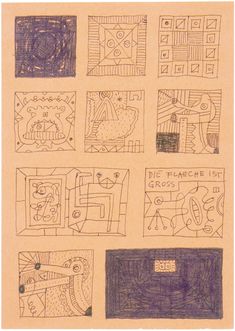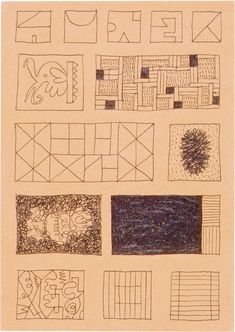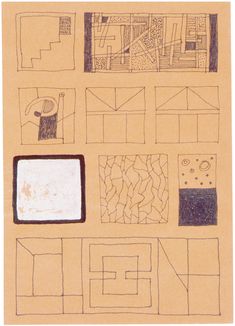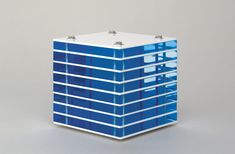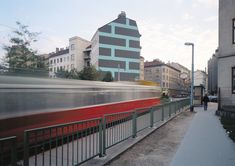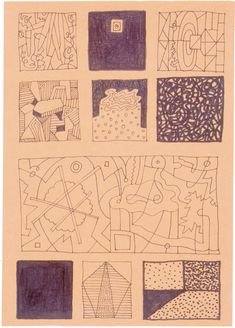Gerwald Rockenschaub
Gerwald Rockenschaub was born in Linz, Upper Austria, Austria, in 1952. He studied history, philosophy, psychology and education at the University of Vienna and until 1982 art education at the University (then College) of Applied Arts with Herbert Tasquil. Since the 1980s, the artist has been active as painter, musician and techno DJ. In 1993 Rockenschaub, together with Andrea Fraser and Christian Philipp Müller, contributed to the Austrian pavilion at the Biennale di Venezia, Italy. In 2007, he was represented at documenta 12. In 2007 Rockenschaub received the Fred Thieler Prize for painting. 2022-2023 the belvedere 21 dedicated a large solo exhibition to him. Gerwald Rockenschaub lives and works in Berlin.
At the beginning of the 1980s, Rockenschaub became known for his geometrically-abstract images and his graphic artworks, which were subsumed, along with the works of artists such as Heimo Zobernig, under the heading "new geometry." In his conceptualizations of images, he developed a personal code of aesthetics taken from both the storehouse of signs of popular and quotidian culture and from his interest in industrial, deperson-alized production processes.
Toward the end of the 1980s, Rockenschaub began to take the historical and aesthetic circumstances attendant upon the "operating system" of art into consideration when creating his own works and to draft site-specific installations, where, depending on the specific requirements, subtle details were either inserted or removed, thus thematizing and changing a particular exhibition space along with its social and cultural impact. In one of his first works of this kind, for the EA-Generali Foundation (1991), he laid open the sliding partitions which had served as hanging surfaces and space dividers, to expose the architectural structure of the empty exhibition hall itself and turn it into an exhibition piece in its own right. He likewise used industrially-prefabricated materials and compo-nents in his installation for the Villa Arson (1992) in Nice, which cut the gallery space in two, just as he did in his contribution to the 45th Biennale di Venezia (1993): by installing a metal framework inside Hoffmann’s Pavilion, its architectural features were not only laid open for inspection, they were also expanded by offering an outside view through the skylights.
Rockenschaub has also been active since the early 1980s as a musician. Originally, he was a member of the new wave band, "Molto Brutto," and later became a techno-DJ and label owner. In his music work, he also attempts to analyze the structures of his field. In this way, some of his more recent works involving inflatable, transparent PVC-cubes point to contemporary club settings in the materials used and to a spatial feeling connected with that environment, although they simultaneously transcend this impression through their very monumentality.
(Claudia Slanar)

